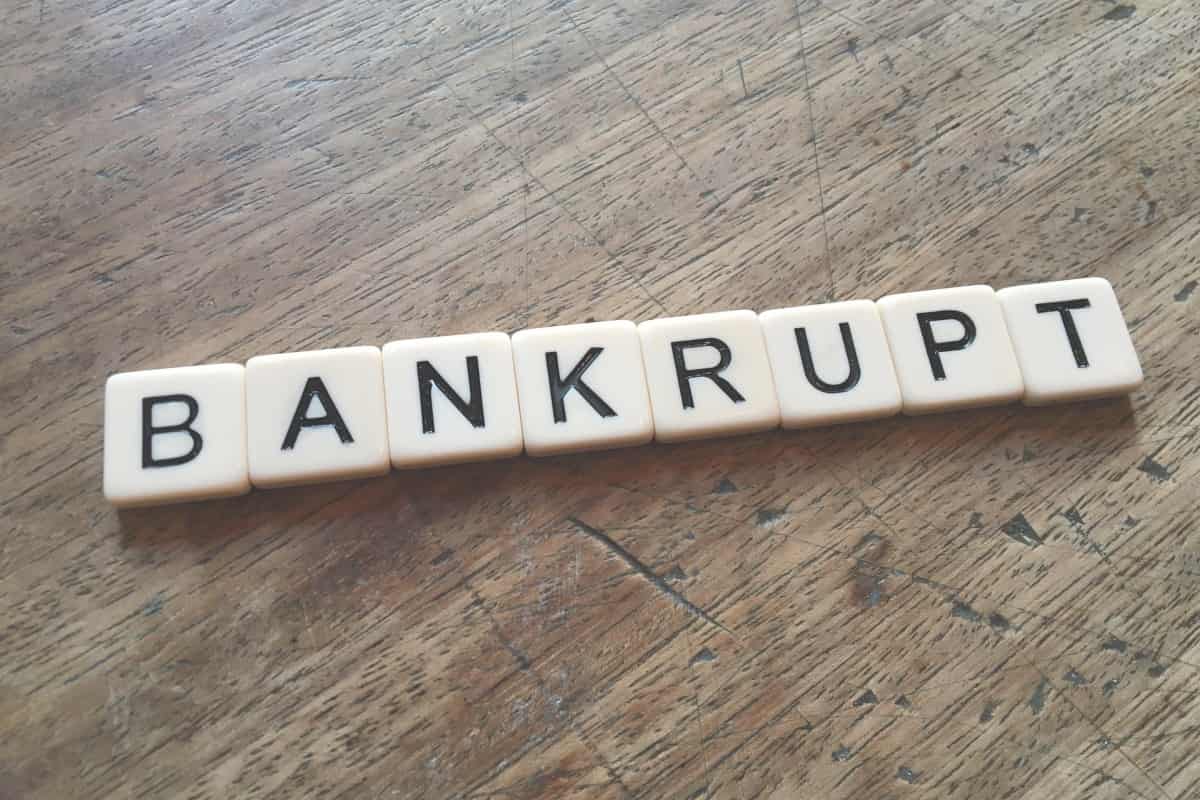Sydney-based consultant, working in trust and risk assurance, specialising in financial crime. Formerly Legal Intern at Lawpath.
💡 Key insights
- In Australia, bankruptcy can occur through a voluntary debtor’s petition or an involuntary creditor’s petition.
- A debtor’s petition is when an individual applies for bankruptcy because they cannot repay their debts.
- A creditor’s petition occurs when a creditor claims a debtor owes at least AUD 5,000 and has committed an act of bankruptcy, allowing the creditor to ask the court to declare bankruptcy.
- Bankruptcy has serious consequences including being recorded on the insolvency register, possible loss or sale of non‑protected assets, and long‑term effects on credit and borrowing ability.
There are essentially two types of bankruptcy: voluntary and involuntary. When you are voluntarily bankrupt, you file for it yourself. This involves its own process that is separate from involuntary bankruptcy. Involuntary bankruptcy involves what the name suggests: others are filing to have you determined bankrupt.
There are some differences in the process between filing for yourself and filing for somebody else. But before diving into the differences, it helps to understand what bankruptcy is. Broadly, being bankrupt means that a person is no longer able to repay their outstanding debts. It is the last stage of insolvency and is a very serious label. There are substantial consequences from declaring bankruptcy and these should all be considered before anybody thinks about doing so. For example, bankrupts will have a permanent record that is available to anybody on the National Personal Insolvency Index. To repay debts, most of your possessions can be taken, too.
The legal definition is provided in section 5 of the Bankruptcy Act 1966 (Cth). This section divides bankrupt individuals into the two categories: the debtor’s petition and the creditor’s petition.
Types of Bankruptcy: Debtor’s Petition
A debtor’s petition involves a person or business filing a bankruptcy application. Debtor’s petitions are also known as voluntary bankruptcy because it’s the discretion of the person applying to do so. Since it is voluntary, there’s no minimum debt requirement. This is different for creditor’s petitions. It usually applies to individuals rather than business, but can still apply to both.
Filing a debtor’s petition involves these steps:
- The individual lodges a Declaration of Intention (DOI) to file a debtor’s petition.
- A 21-day stay period comes into effect. This period is intended to give you time to consider your financial options and make any alternate arrangements to pay off your debts. You can also apply to be made bankrupt before the stay period ends.
- During the stay period, creditors are informed that they cannot take any enforcement action against you and will be given a copy of your financial statements. Creditors can still apply for you to be made bankrupt during this period.
- At the end of the stay period, you or your creditors can apply for bankruptcy.
There are a few situations where the Official Receiver might actually reject a debtor’s petition. For example, if the debtor is likely to be able to pay off their debts or if there is evidence that the debtor just doesn’t want to pay their creditors.
Types of Bankruptcy: Creditor’s Petition
A creditor’s petition allows for creditors to determine debtors bankrupt through a court process. It’s also known as a ‘sequestration order’. For a creditor’s petition to be successful, there are several requirements that need to be fulfilled. These are:
- The debtor owes a debt of more than $5,000; and
- An ‘act of bankruptcy’ occurred within 6 months application; and
- There was a connection by the debtor with Australia of a residential or business kind.
An ‘act of bankruptcy is defined in section 40(1) of the Bankruptcy Act. It usually refers to actions that make a person look like they will soon be bankrupt. For example, the debtor runs away from Australia with the intention of delaying creditors. The most common act is to not comply with a bankruptcy notice.
A creditor’s petition can be denied for similar reasons to the debtor’s petition. For example, the court will deny a creditor’s petition if the debtor is actually able to repay their debts.
Conclusion
Becoming bankrupt is a very serious matter. Make sure you understand all of your rights and liabilities before you consider filing for it. If you owe money or money is owed to you and bankruptcy is on the horizon, it’s a good idea to speak to a bankruptcy lawyer to better understand your role in the matter.







